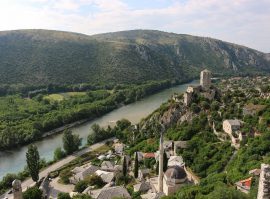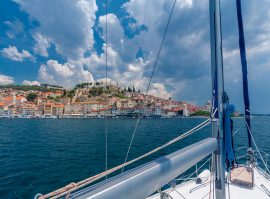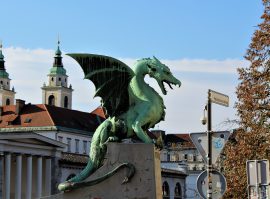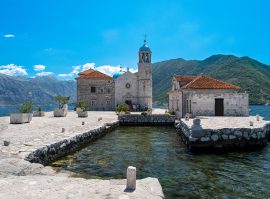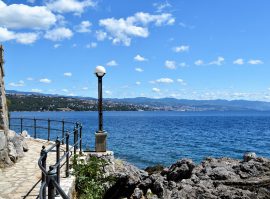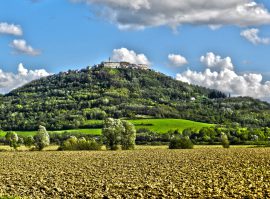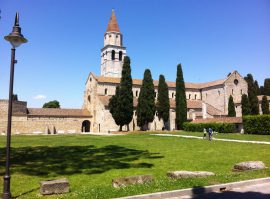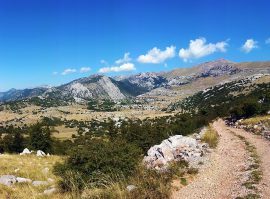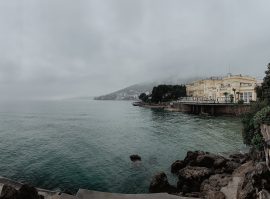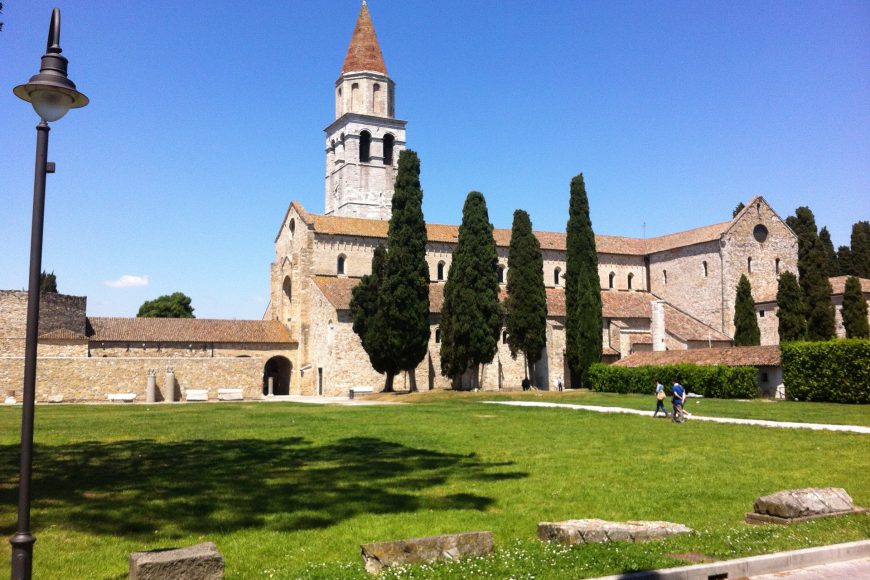
Aquileia and the importance of this historical town
Aquileia, once an important ancient Roman city located in the Italian region of Friuli Venezia Giulia. In the 2nd century AD, Aquileia was one of the world’s largest cities with a population of 100,000. The town is situated on the river Natisone and it is most known for its large archaeological sites. Even though today there are only about 3,500 people who live there, this small town, protected by UNESCO, contributes a lot to Italian history, science, tourism and culture.
Throughout the history, Aquileia was the center for the spread of Christianity in northern and eastern Europe. This place represents an extraordinary opportunity for learning more about the ancient times and offers an unforgettable experience.
Aquileia was founded as a colony by the Romans and the intention of the colony was to protect their allies of Rome from the invasion of the Illyrians. The main purpose of the colony was to serve as a citadel. In addition to that, Aquileia’s past is linked to having represented the seat of the medieval Patriarchate. The Patriarchate of Aquileia was one of the most important religious and political entities of the Middle Ages, in some ways comparable to Rome. In this period Aquileia grew considerably. The Aquileia Basilica together with the ancient remains made this city famous. In addition to the Basilica complex, there are The Roman and Paleochristian ruins that can be visited in large part in three of Aquileia’s museums: the National Archaeological Museum, the Paleochristian Museum and the Civic Museum of the Patriarchate. Aquileia’s heritage is still partially unknown to mass tourism, its glorious past recounts many legends that deserve to be heard and this town definitely earns to be visited.


